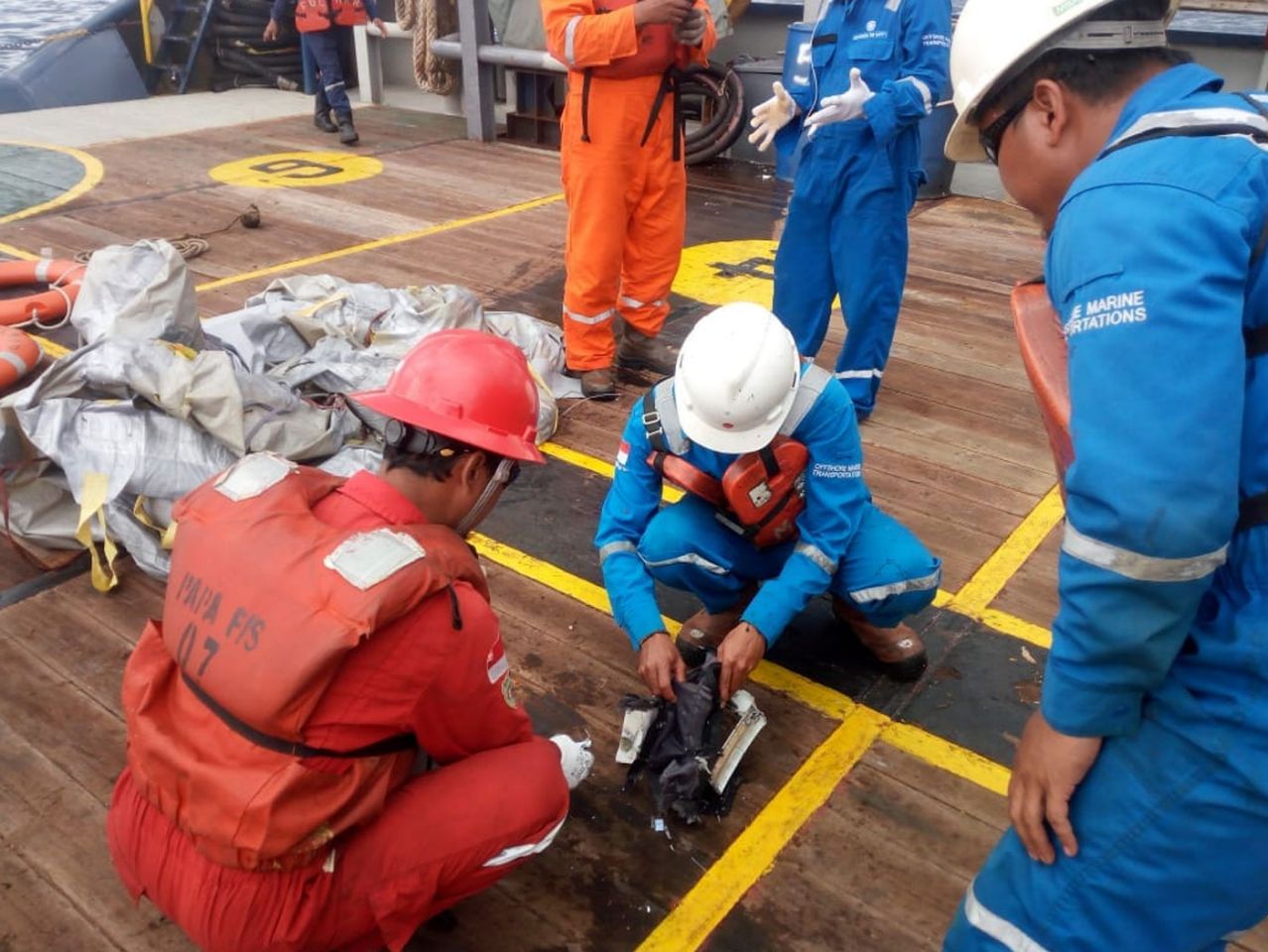Mystery deepens on Lion Air crash after Boeing bulletin
07 November, 2018
3 min read
By joining our newsletter, you agree to our Privacy Policy


The Boeing alert to 737 MAX operators to follow the manual when erroneous data problems are encountered from flight sensors raises more questions than it answers in relation to the Lion Air crash on Monday, October 29.
READ: Boeing issues an operational update for 737.
The problem is centered around the 737 MAX’s Angle of Attack sensor which may “tell” the pilots and the plane’s computers that it’s about to stall (aerodynamic) and put the 737 into a dive.
If this happens (un-commanded nose-down stabilizer trim) pilots can respond by pushing a switch on their control column (yoke), however, 737’s computers will resume trying to dive as soon as the switch is released the new Boeing bulletin said.
Essentially the Boeing bulletin tells the pilots to follow the manual’s instructions.
And in this case the procedure for dealing with the problem it is what is called a “memory item” – pilot’s commit them to memory.
But what is disturbing is why Lion Air didn’t pull this plane from service after repeated problems. It is one thing for an engineer to fix a problem once but if the problem persists as it did with this aircraft then there is something far deeper that needs greater attention suggest safety analysts.
Soerjanto Tjahjono, chairman of the National Transport Safety Committee, told media that that airspeed indicator malfunctions on the jet's last four flights, and that this issue was intertwined with the AOA sensor issue.
"The point is that after the AOA is replaced the problem is not solved but the problem might even increase. NTSC wants to explore this," he said.
It turns out that the AOA sensor was replaced the day before the 737 crashed and possibly worsened the other airspeed indicator problems investigators suggest.
However, this new reminder from Boeing raises questions about the pilots’ actions, how the flight crews are trained and if the maintenance that was performed was adequate.
What is puzzling analysts is the 737 was flying in clear skies in daylight, so the pilots should have been easily able to deal with the issues with airspeed and erroneous sensors.
If aircraft upsets occur at night or in cloud with no horizon reference confusion levels have increased despite the fact that the aircraft cockpit is fitted with an artificial horizon instrument.
But one Australian 737 captain told Airlineratings.com “if the pilots didn’t take the right actions because they were startled you can be in trouble.”
“But it is quite straightforward and we train for this all the time,” the captain said.
“These procedures are all memory items, it’s “101’ of flying.
Get the latest news and updates straight to your inbox
No spam, no hassle, no fuss, just airline news direct to you.
By joining our newsletter, you agree to our Privacy Policy
Find us on social media
Comments
No comments yet, be the first to write one.


